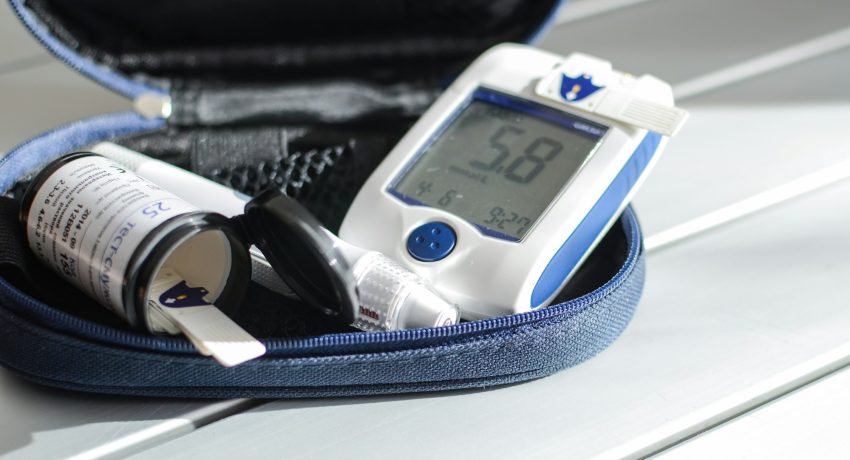Susan’s Journey: Thriving After a Type 2 Diabetes Diagnosis
Susan’s journey with Type 2 Diabetes began like it does for many—an unexpected diagnosis during a routine check-up. At 45, she was leading a busy life balancing work, family, and personal aspirations. The news was a shock, but Susan was determined not to let diabetes control her life. Instead, she embarked on a journey toward not just managing, but thriving after her diagnosis. This is Susan’s inspiring story.
Early Days: Coming to Terms with Diagnosis
The initial days post-diagnosis were overwhelming for Susan. “I felt a mix of fear, confusion, and even a bit of denial,” she recalls. Her primary care physician explained that her HbA1c levels were significantly high, indicating poorly managed blood glucose levels over the past few months. “It was a wake-up call,” she admits.
Susan sought information and resources. She attended educational sessions and workshops on Type 2 Diabetes, where she met healthcare professionals and other individuals dealing with the same condition. “Understanding the disease was the first step,” she says. “Knowledge is power.”
Building a Support System
One of the crucial factors in Susan’s journey was building a robust support system. She engaged her family and friends, educated them about her condition, and communicated her needs. “I needed them to understand that I wasn’t just being picky about food or exercise. It was a matter of managing my health,” she explains.
She also sought out online communities and support groups. “Joining forums where people shared their experiences, challenges, and victories was incredibly motivating,” Susan says. “It made me feel less alone and more empowered.”
Transforming Her Diet
Susan knew that her diet had to change. She began working with a dietitian to develop a meal plan tailored to her needs. “It wasn’t about going on a diet,” she clarifies. “It was about adopting a healthier lifestyle.” She learned to balance her meals with the right amounts of carbohydrates, proteins, and fats.
Fresh vegetables, whole grains, lean proteins, and healthy fats became staples in her diet. “I discovered a love for cooking and experimenting with new recipes,” Susan shares. She started meal prepping to ensure that she had healthy options readily available, minimizing the temptation to resort to convenience foods. “It was a learning curve, but it was well worth it,” she notes.
Incorporating Exercise
Exercise played a pivotal role in Susan’s journey. “I was never a fitness enthusiast,” she laughs, “but I learned the importance of physical activity in managing blood sugar levels.” She started with simple activities—walking after meals, taking the stairs instead of the elevator, and incorporating short bouts of physical activity throughout her day.
Gradually, she built up to more structured exercises. She joined a local gym and participated in group classes like yoga and aerobics. “Finding activities I enjoyed was key,” she says. “It made it easier to stick with them.” Regular exercise not only helped her manage her blood glucose levels but also boosted her mood and energy levels. “I felt stronger and more vibrant,” she adds.
Monitoring and Medications
Monitoring her blood glucose levels became a part of Susan’s daily routine. “It was a way to keep myself accountable,” she explains. She used a glucometer to check her levels several times a day and kept a log of her readings. “It helped me understand how different foods and activities affected my blood sugar,” she says.
Initially, Susan’s doctor prescribed medications to help manage her condition. “Medications were necessary at the beginning,” she states. However, her ultimate goal was to manage her diabetes through lifestyle changes. With consistent effort, she saw significant improvements in her readings, and her doctor gradually reduced her medication dosage. “It was a milestone when I could reduce my meds,” she beams.
Mental Health and Mindfulness
Managing the emotional impact of a diabetes diagnosis is often overlooked, but Susan recognized its importance early on. “Stress has a significant impact on blood sugar levels,” she explains. She explored mindfulness practices like meditation and deep breathing exercises. “I needed to find ways to manage stress effectively,” she emphasizes.
Therapy and counseling also became part of her journey. “There were days when it felt overwhelming, and talking to a therapist helped me navigate those emotions,” Susan shares. She found solace in journaling and reflecting on her progress. “It was a way to celebrate small victories and process challenges,” she says.
Empowering Others
With time, Susan’s confidence grew, and she felt a strong desire to help others. She became active in local diabetes awareness programs and began volunteering at community health workshops. “Sharing my story and offering support to others was incredibly fulfilling,” she states.
Susan also started a blog, chronicling her journey, sharing tips, recipes, and motivational posts. “It was a way to reach a broader audience and connect with people going through similar experiences,” she says. Her blog quickly gained a following, becoming a valuable resource for others dealing with diabetes.
Looking Ahead
Today, Susan is thriving. Her HbA1c levels are within a healthy range, and she manages her diabetes primarily through lifestyle choices. “It’s not about perfection,” she advises. “It’s about consistency and making healthier choices every day.”
Susan’s journey is a testament to resilience and the power of a proactive approach. “A diabetes diagnosis isn’t the end,” she insists. “It’s an opportunity to take control of your health and live a vibrant, fulfilling life.”
Susan continues to inspire those around her, proving that with the right mindset, support, and dedication, thriving after a Type 2 Diabetes diagnosis is not just possible—it’s attainable.




